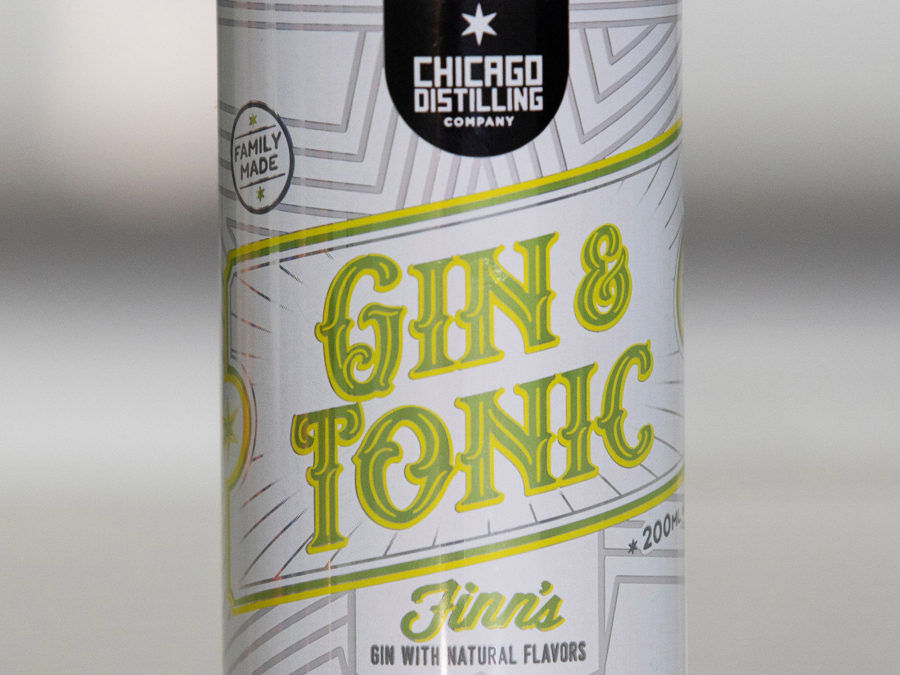Last year, I asked a brewery owner what excited him in his portfolio. The response was swift.
“Canned cocktails,” he said.
That’s right: The beer guy was most optimistic about … premade cocktails.
Turns out, he’s not alone.
In a wild time where beer’s dominance of the alcoholic beverage industry has waned by the year (look no further than the rise of hard seltzer), ready-to-drink cocktails have assumed their place in the boozy pantheon.
The number of RTD cocktails, as they’re known for short, has grown exponentially in recent years. Many are packaged in 12-ounce aluminum cans. But they also come in smaller cans. And large bottles. And small bottles. And cans shaped like bottles. And boxes. And pouches.
Craft distillers have waded in, including Chicago Distilling Co., which has seen its 200-milliliter canned cocktails (that’s 6.8 ounces) become a surprise hit. So have major spirit brands, including Tanqueray gin (introduced last year), Jack Daniel’s whiskey (also introduced last year) and Absolut vodka (yup, you guessed it). Large breweries are making RTD cocktails — Anheuser-Busch bought San Diego’s Cutwater Spirits in 2019 — and so are smaller breweries, including Boulevard, New Holland and Dogfish Head.



